|
de Havilland Dove
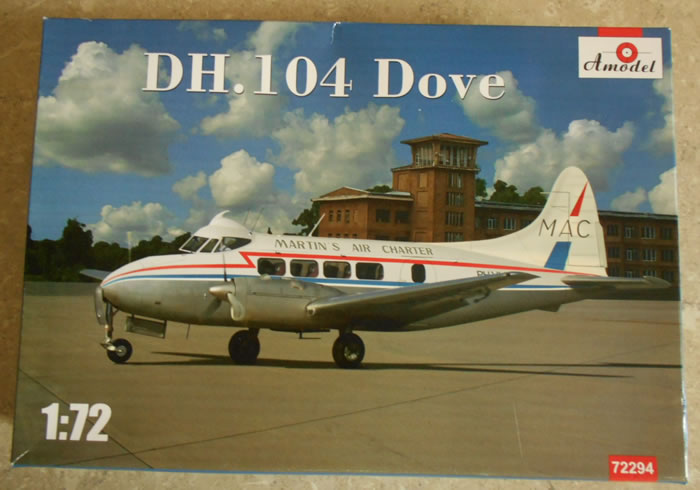
Special
Hobby, 1/72
S u m m a r y
|
|
Catalogue Number: |
AModel Kit No. 72294 - de Havilland Dove |
|
Scale: |
1/72 |
|
Contents and Media: |
Three grey sprues of parts; one small clear sprue; 37 parts in grey resin; photo-etched fret; markings for four aircraft. |
|
Price: |
GBP£30.60 EU Price (GBP£25.50 Export Price) plus shipping available online from Hannants |
|
Review Type: |
FirstLook |
|
Advantages: |
Amazingly fine trailing edges, nice surface detail and the possibility of a gazillion schemes! |
|
Disadvantages: |
No cabin interior or advice on nose weights. |
|
Recommendation: |
A neat, quick build, nicely moulded kit with a mass of possible schemes. Conversion to military versions and the Riley Dove will open further possibilities. I’m in the market for at least another two kits and the after market decal and parts companies must be rubbing their hands with glee!. |
Reviewed by
Graham Carter

Special Hobby's 1/48 scale Model 339-23 Buffalo will be available
online from Squadron
Purchased myself with hard-earned readies from Peter Mahony of Red Roo Models.
Over 540 of this pretty little feeder airliner (as we now call them) were produced in the 1945-67 (!) period and they were used in an enormous number of countries and schemes, both civil and military - the decal companies are going to have a field day if this kit is produced in sufficient numbers. Later a small number were modified by companies such as Riley with updated engines and tail feathers, and even a massive 87-inch fuselage extension - that's 1.2” or close to 30mm in the ‘one true scale’ - to produce the Carstedt C600F. A goodly number are still flying, two key ones being an ex-RNZAF one in NZ and one in England.
The fun bit with Doves is the slightly bewildering variety of iterations of the basic aircraft. While the essential shape and structure did not change, there are a variety of engines, canopy shapes and exhausts to consider and the fact that many were retrospectively fitted to older airframes makes careful checking a must.
This is first of what I hope is a series of Doves and a long-awaited replacement for the excellent, but not so easy to build, Rareplane vacform from the seventies.

The nicely rendered CAD box-top shows a Martin’s Air Charter example and the box contains three pale grey sprues and the separate one piece lower wing, as well as a clear sprue with alternate canopies ( hopefully indicating other versions to come), a small PE sheet and the decals for 3 examples.
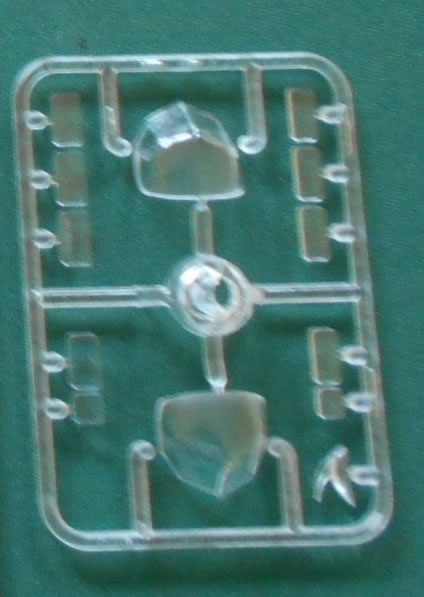
As you can see there are not many parts but they are finely moulded with lovely surface detail.
Cockpit detail is adequate in this scale - extra detail can be added using an Air Graphic Models’ resin set.

Unfortunately the cabin is totally nude so you will either have to paint it black (like the Rolling Stones) or start scratch-building or adapting parts from another 72nd scale small civil aircraft. I do vaguely recall someone like Aeroclub producing seats for a Heron and these may be useable if you can find them. The cabin windows are commendably clear so any work you do will be visible - they appear to be able to be added from the outside, a good feature given the nature of the paint schemes.
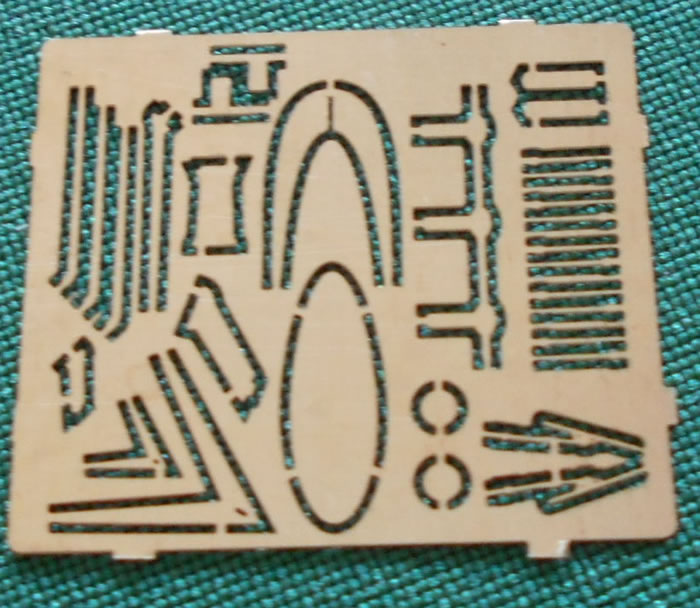
The kit contains the earlier Gipsy Queen nacelles - modellers wishing to do a later Series 8 or Devon/Sea Devon C2 with 400hp Gipsies can use Air Graphic Models’ resin set ( for a Devon C2) or use the spare Rareplane parts , as seen here, to add the extra upper oil cooler intakes and sundry smaller intakes, as well as the thrust augmenter tubes added to the exhausts. Note that you will need to widen the Rareplane parts by 20thou to fit inside the kit recesses comfortably.
The kit’s simpler nacelles were common to all Series 1, 1b, 2, 2b and up to Series 6, even though engines progressively increased from 330hp up to 380hp.
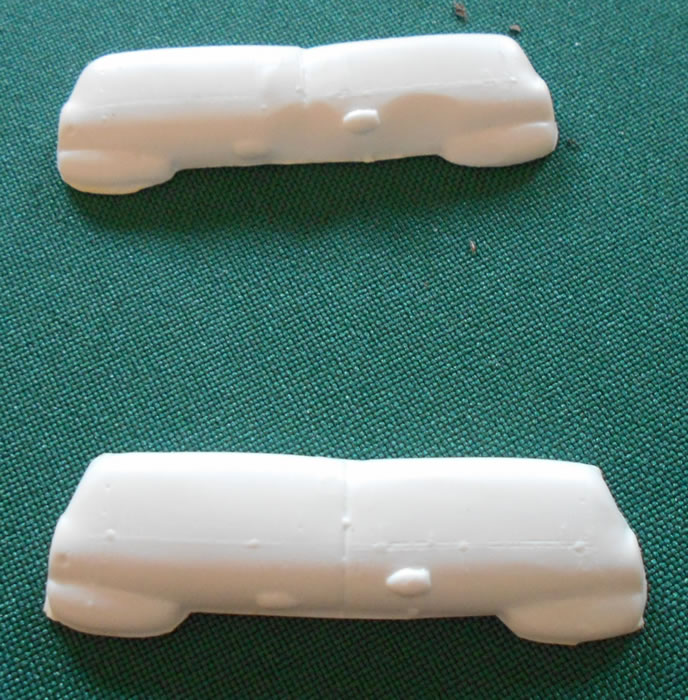
Military Devon C1s and Sea Devon C1s also had these nacelles but check the type of canopy, as some were updated with a Heron-types raised one and most had raised aerial attachment fittings on top.
The undercarriage is nice, front and rear bays contain some details but lead wire or HSS additions won’t go astray - again there is a Air Graphic Models’ resin set to help out, and walkaround image sites to set you in the right direction.
Markings
Decals are nicely printed for three aircraft, all white topped with natural metal/Aluminium everywhere else apart from the decalled stripes in red or blue.
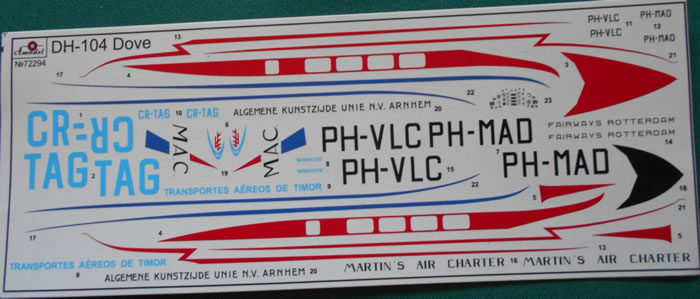
The examples are:-
-
PH-VLC , Martin’s Air Charter, and also as Algemene Kunstzidje Unie N.V. Arnhem.
-
CR-TAG , Transportes Aeros De Timor, and
-
PH-MAD of Fairways Rotterdam.
Certainly different!!
Paint details are all given in Humbrol enamels only. No mention is made for nose weight - I would add a good dollop of your favourite around the nose wheel bay and cockpit as a lot of plastic is behind the main u/c legs, especially if you add an interior.
Fit of parts so far has been great, a bit of light sanding to square the mating surfaces has helped. The wing trailing edges are exceptionally fine. Tail feathers are butt-jointed so a wire reinforcement will strengthen the join.
Two canopies and the faired radio aerial are provided but check your references as to which to use. Also check the need for additional bulges on the main wing-fillets rears and fuselage baggage doors behind the wings as these are not moulded.
I am half way through my model and am impressed with the kit so far - look out for updates on the 72nd Forum.
Review and Images Copyright © 2018 by
Graham Carter
Page Created 7 January, 2018
Last updated
7 January, 2018
Back to
HyperScale Main Page
Back to
Reviews Page |
